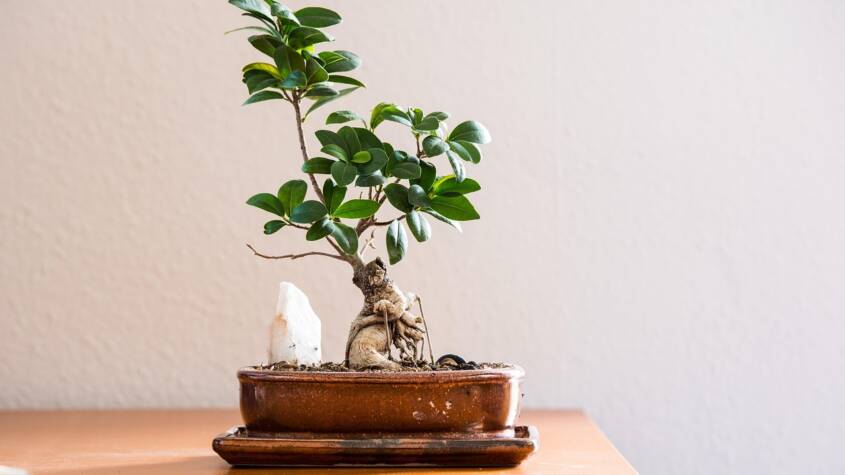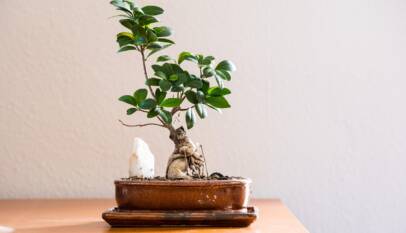Low Maintenance Indoor Plants for Effortless Greenery and Easy Care
Many people want the benefits of indoor plants but worry about the time and effort required to care for them. Low maintenance indoor plants are ideal for those who want greenery without constant attention or complex care routines.
Plants such as snake plants, pothos, and ZZ plants thrive on minimal watering and can tolerate low light, making them perfect choices for beginners or busy individuals. These plants adapt well to indoor environments and do not require frequent repotting or special conditions.
Choosing low maintenance plants allows anyone to enjoy a touch of nature inside their home with little risk of failure. This article will explore the best options that combine resilience and simple care.
Top Low Maintenance Indoor Plants
These plants require minimal watering, tolerate low light, and are resilient to occasional neglect. They adapt well to various indoor environments, making them ideal for beginners or busy individuals.
Snake Plant
The snake plant (Sansevieria) is known for its upright, stiff leaves with green and yellow variegation. It thrives in low light but also tolerates bright, indirect sunlight.
Watering should occur only when the soil is completely dry, usually every 2-3 weeks. Overwatering can lead to root rot. This plant can survive periods without attention and maintains clean air by filtering toxins.
It requires well-draining soil and occasional feeding during spring and summer. It grows slowly and rarely needs repotting, making it very low maintenance.
ZZ Plant
The ZZ plant (Zamioculcas zamiifolia) features thick, waxy leaves that store water, helping it endure drought. It prefers moderate to low indirect light but can survive in low-light rooms.
Water only when the top 2 inches of soil feel dry, roughly every 3-4 weeks. The ZZ plant is highly resistant to pests and diseases. Its minimal leaf drop makes it ideal for neat indoor spaces.
It grows slowly and requires infrequent fertilization. ZZ plants tolerate a wide range of temperatures and humidity levels.
Pothos Varieties
Pothos (Epipremnum aureum) includes different varieties like Golden, Marble Queen, and Neon. They have trailing vines and heart-shaped leaves with variegated patterns, suited for shelves or hanging baskets.
They thrive in low to medium indirect light and prefer watering every 1-2 weeks. Pothos tolerate infrequent watering but too much moisture causes root rot. Allow the soil to dry between waterings.
These plants can be easily propagated by cuttings. They are adaptable to various indoor conditions and help purify the air naturally.
How to Care for Low Maintenance Houseplants
Caring for low maintenance houseplants involves providing the right balance of water, light, and soil conditions. Following simple but specific guidelines helps these plants thrive with minimal effort.
Watering Best Practices
Low maintenance plants generally prefer to dry out slightly between waterings. Overwatering is a common cause of poor health, so it’s important to check soil moisture before adding water. Using a finger test or moisture meter helps determine when watering is necessary.
Most low maintenance plants do well with watering once every one to two weeks, depending on humidity and temperature. Water should be applied evenly until it drains from the bottom of the pot, ensuring roots get adequate moisture without sitting in water.
It’s best to use room temperature water to avoid shocking the plant. Avoid misting unless the plant specifically benefits from humidity, as excess moisture can promote fungal issues.
Light Requirements
Low maintenance houseplants typically tolerate a wide range of light, but most do best in indirect light. Bright, filtered sunlight supports healthy growth without the risk of leaf burn.
Some species, like snake plants or pothos, can thrive in low light conditions, making them ideal for dim rooms. Others, such as aloe vera, prefer bright, indirect sunlight.
Avoid direct sunlight unless the plant’s needs specifically call for it, as too much can cause leaf damage. Rotating the pot periodically helps ensure even growth on all sides.
Choosing the Right Soil
Choosing the correct soil mix is critical for drainage and root health. Most low maintenance plants require well-draining soil to prevent waterlogging.
A general-purpose potting mix combined with materials like perlite or sand improves aeration. Succulents and cacti need a special mix designed for fast drainage to avoid root rot.
Using pots with drainage holes is equally important. This allows excess water to escape, reducing the risk of root damage caused by standing water.
Lawn Service Companies: Choosing the Best Provider for Quality and Reliability
Lawn service companies offer professional care to keep yards healthy, attractive, and well…












